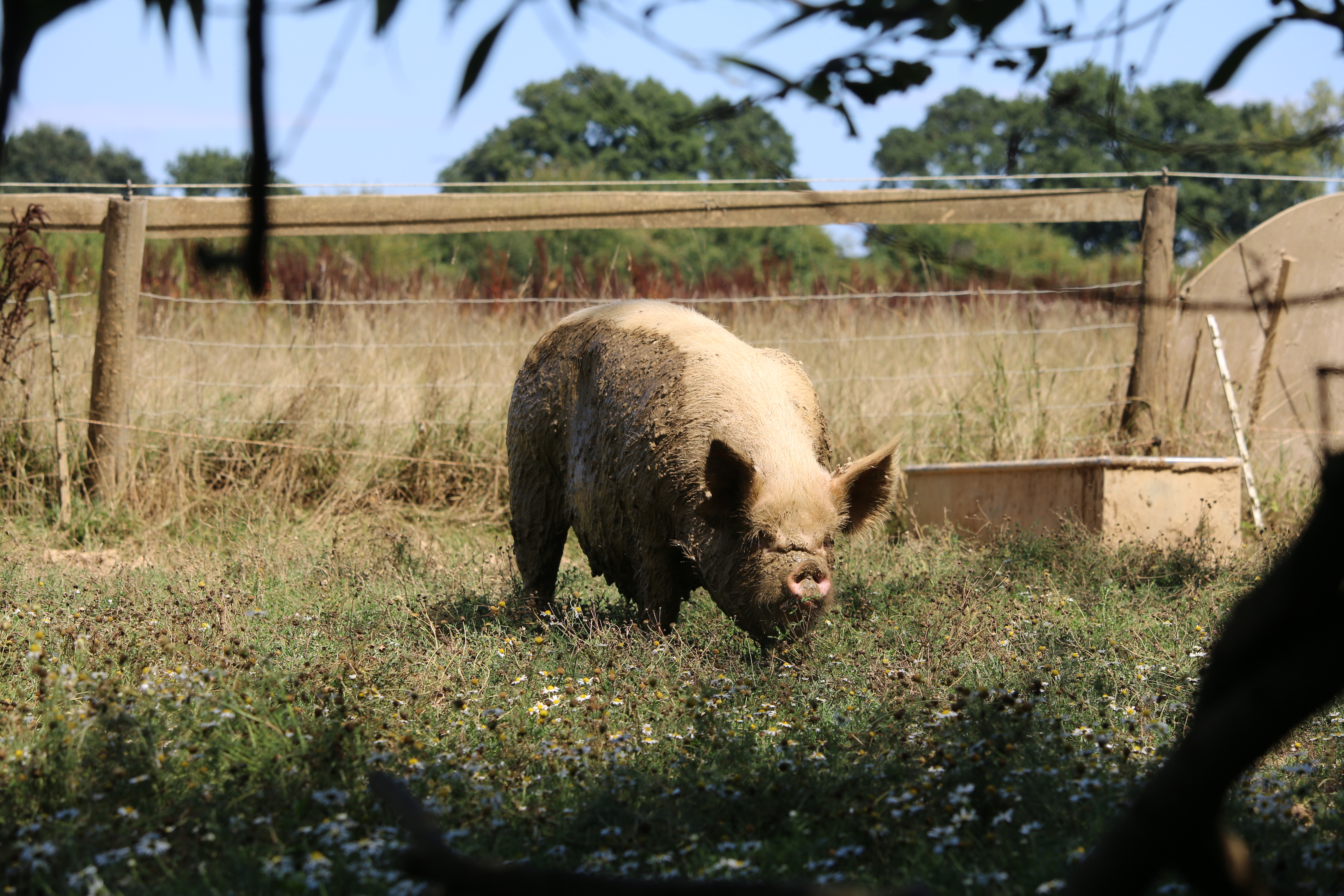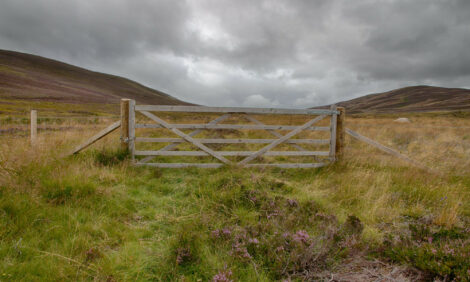



Will plant-based diets push the meat sector to change its marketing strategy?
How is veganism disrupting the pork industry and how can pork producers positively respond to this? The Pig Site speaks to AHDB’s Senior Consumer Insight Analyst, Susie Stannard, about the most recent AHDB report on the rise of plant-based food products and how AHDB are encouraging farmers to use this market disruption as a chance to reconnect with consumersThe AHDB report, published earlier this month (August 2018), discusses the ever-growing number of affordable vegan and vegetarian food products on the market and how an increasing number of consumers are developing an appetite for such products. Surprisingly, the sales of such food products are not being driven by vegans, but by meat-eaters wanting to try ‘something new’.
The social media presence and popularity of the vegan brand is obviously a worry for meat and dairy producers – though AHDB’s Susie Stannard confirms that meat and dairy remain as “cornerstones of the British diet”. It is therefore key for producers to take control, innovate and reconnect with consumers to gain favour in a changing market.
The Pig Site speaks to Susie Stannard about whether farmers should be concerned and what they can do to help their businesses:
Should pig producers be worried about the plant-based movement?
There seems to be this misconception among meat and dairy producers that the number of vegans in this country is just growing massively but if you look at the numbers, there aren’t massive amounts of people on a specifically vegan diet. Our report is trying soothe this worry because, in reality, 91 percent of British consumers are still buying red meat.
That isn’t to say that the shape of the industry won’t change in the future: the government are urging people to consume less meat over health concerns; and lobbyists are pushing environmental pressures. We don’t have a crystal ball but the fact that there has been so much investment in the vegan and vegetarian sector does point to the need for us as an industry to be aware and prepare ourselves for the changes that may occur.

Vegan and vegetarian alternatives are proving to be big hits with the meat-eating community wanting to 'try something new'
The big issue here is that people are cutting down on meat so why is that? And where the retailers are responding to that demand by putting out new products – how will the market further change in response? And finally, what impact is that likely to have upon those in the meat and dairy industry?
What advice are you giving to those in the meat and dairy industry?
There are a number of options currently being discussed that producers could invest in.
For some producers that might be looking at more plant-based farming and mixed farming if they have the capacity to.
For other producers, it could be beneficial to undertake premiumisation of the products they offer. A common trend observed when interviewing consumers was that they want to continue eating meat, but less of it, and the meat they do eat must be of a higher quality. We’ve been focussing on bringing the brand back as meat has become very commoditised in recent years and has been heavily own-label focussed which, to some extent, reduces the ability to communicate with consumers.
Producers really should use the opportunity to tell the story of the meat they produce: the provenance; the farm history; how animals are treated and cared for; and what the animals are fed, for example.
In terms of processing, we’ve been looking at ways of catering towards the flexitarian diet trend by developing products that are made using a mixture of beans, vegetables and pork. There are a number of people entering that space in the market and we’re finding that they can attain good premiums on those sorts of products.
A final option is for producers to continue as they have been doing as there is definitely still a market – what’s important is to know who your customers are and take notice of where you can foresee growth.
What is the consumer definition of high quality?
Quality can be relatively broad: for some consumers it means higher welfare, but for most consumers this is a reference to taste and added value. For example, more companies are looking to innovate in convenience foods – convenience foods having a high added value for consumers as they are ‘convenient’. Sous-vide kits and included marinades are popular and can push a price premium in comparison to simple, shrink-wrapped cuts of meat.
We’ve got this sense that people are keen to try new products so if we, within the meat sector, can produce interesting, new, innovative products that allow the creation of delicious dishes without much cooking expertise or effort, I think we’ll be much better placed to respond to the challenges of a changing market.
What trends in the food industry should the pork sector be following?
All the healthiness and goodness that meat has within it naturally is a marketer’s dream and we as an industry need to convey this much better to consumers. People will happily buy what is essentially (very cheaply produced) sugar-water, with significant mark-ups, but are currently paying a comparatively small amount for meat products that cost significantly more to produce.
With the ever-increasing group of health-conscious consumers wanting high protein snacks and meals, the pork industry is in a prime position for creating products that satisfy both the taste and nutritional needs of a large proportion of the population. We should certainly take the opportunity to put protein claims on meat packaging as is done with many other ‘health’ foods.
AHDB is also completing market research into the promotion of products from rare and named breeds of pig. This is an interesting space as we know that breeds such as Aberdeen Angus and Wagyu in beef products hold a real cache as a marker of welfare. It would be interesting to see if this strategy has the same positive connotations in pork.
Rare and named breeds on pork products could be a recognisable marker of welfare and quality for consumers
There can be a real connoisseurship in pork – people like to be involved in the story of the product and to know a lot about it as we’ve seen in cheese, for example. There’s an opportunity in meat to explore this ‘geekiness’ as there are so many different breeds, cuts, hanging and curing and smoking methods. There’s a multitude of ways to prepare, cook and serve meat which we can communicate to consumers.
To read the full AHDB report, click here










